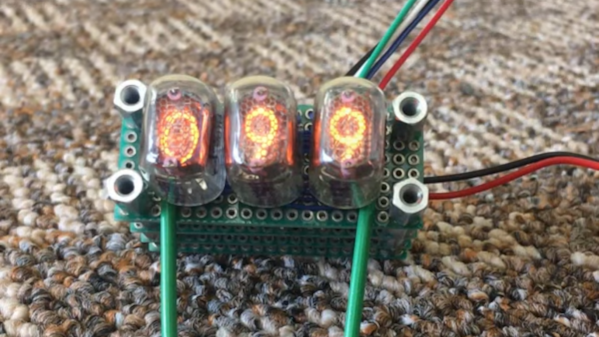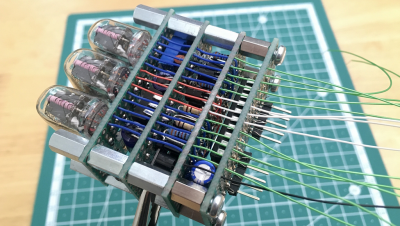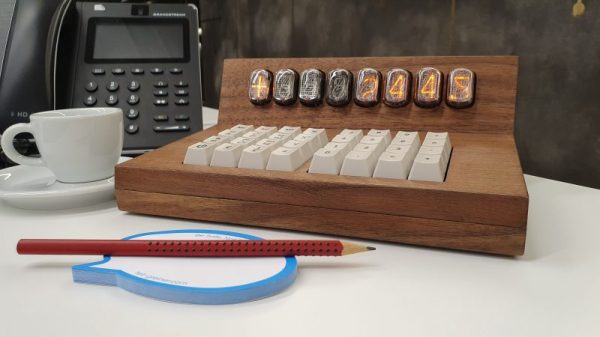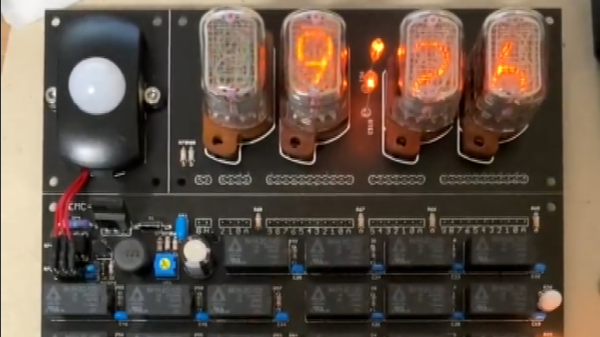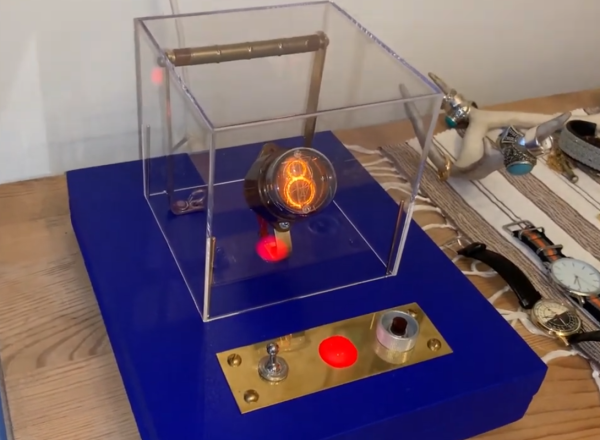There are some technologies first imagined in the Star Trek universe have already come to exist in the modern day. Communicators, tablet computers, and computer voice recognition are nearly as good as seen in the future, and other things like replicators and universal translators are well on their way. Star Trek: Voyager introduced a somewhat ignored piece of futuristic technology, the bio-neural gel pack. Supposedly, the use of an organic gel improved the computer processing power on the starship. This wasn’t explored too much on the series, but [Tom] is nonetheless taking the first steps to recreating this futuristic technology by building circuitry using conductive gel.
[Tom]’s circuitry relies on the fact that salts in a solution can conduct electricity, so in theory filling a pipe or tube with a saline solution should function similarly to a wire. He’s also using xanthan gum to increase viscosity. While the gel mixture doesn’t have quite the conductivity of copper, with a slight increase in the supplied voltage to the circuit it’s easily able to be used to light LEDs. Unlike copper, however, these conductive gel-filled tubes have some unique properties. For example, filling a portion of the tube with conductive gel and the rest with non-conductive mineral oil and pushing and pulling the mixture through the tube allows the gel to move around and engage various parts of a circuit in a way that a simple copper wire wouldn’t be able to do.
In this build specifically, [Tom] is using a long tube with a number of leads inserted into it, each of which correspond to a number on a nixie tube. By moving the conductive gel, surrounded by mineral oil, back and forth through the tube at precise intervals each of the numbers on the nixie tube can be selected for. It’s not yet quite as good as the computer imagined in Voyager but it’s an interesting concept nonetheless, not unlike this working replica of a communicator badge.


